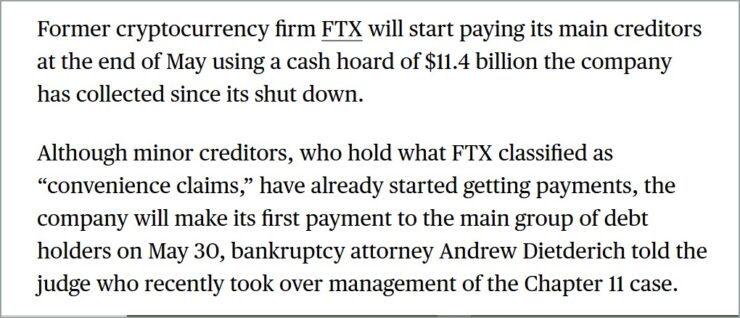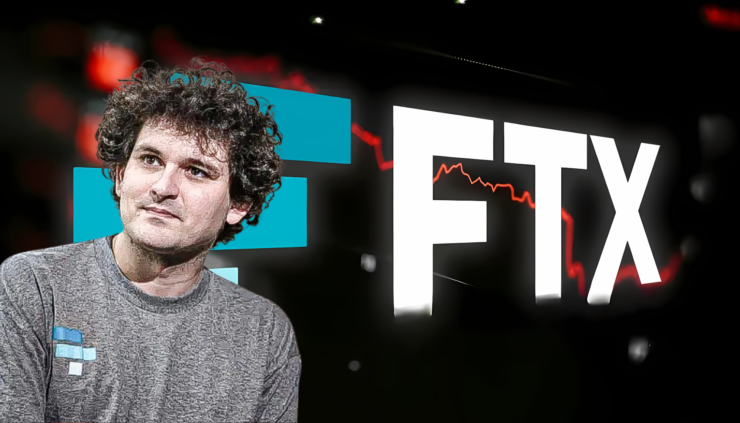After nearly 28 months of legal gridlock and high-stakes financial sorting, FTX is preparing to initiate major creditor repayments on May 30, a landmark moment in one of crypto’s most notorious bankruptcies. The exchange, now under the leadership of restructuring specialist John J. Ray III, has confirmed it will begin distributing funds from its $11.4 billion cash reserve to claimants owed more than $50,000.
FTX bankruptcy attorney Andrew Dietderich shared the timeline in recent court proceedings, noting that while “convenience class” claimants with smaller account balances have already started receiving funds, the larger claims will be addressed next. However, he also revealed that the company is contending with a staggering volume of claims.

Billions in Disputed Claims and Missed Gains Leave Creditors Frustrated
While FTX prepares to begin long-awaited repayments, the road ahead is far from smooth. According to Dietderich, the bankruptcy estate is still grappling with a staggering number of problematic filings—what he described in court as “27 quintillion” claims. Many of these, he said, are duplicate, fraudulent, or unsupported by identity verification, running afoul of standard Know Your Customer (KYC) procedures.
Speaking before U.S. Bankruptcy Judge Karen Owens in Wilmington, Delaware, Dietderich stressed that sorting through this mountain of specious demands will take time, and may slow down the full payout process. The issue underscores the operational chaos left behind after the exchange’s implosion in November 2022, and the enormous legal lift required to resolve it.
Meanwhile, creditors have another concern—one tied to missed upside. Repayments are being calculated using crypto prices from the bankruptcy petition date, locking in valuations from the depths of the bear market. This means claimants will be reimbursed based on valuations that now significantly undervalue their holdings. For example, Solana (SOL) is up 650%, XRP has gained over 450%, and Bitcoin (BTC) has surged more than 500% since November 2022. Even Ethereum (ETH), despite recent underperformance, has risen 47% since then.
Many creditors now argue that the “118% recovery” touted by FTX is misleading, since the payments are made in cash—not crypto—and pegged to outdated valuations. For them, the bankruptcy process may close the books, but it won’t repair the opportunity cost.
Interest Pressure Mounts as FTX Rushes to Repay
For many creditors, the long-awaited payout brings emotional closure—but not necessarily financial satisfaction. Sunil Kavuri, a spokesperson for the largest group of FTX creditors, welcomed the progress but pointed to a core frustration.
“It will definitely give closure to many affected by this horrendous ordeal. But also, repayment is at petition date prices…so holders are not at full recovery in crypto terms,” Kavuri said.
FTX may be sitting on an $11.4 billion cash reserve—but every day that passes is costing the estate more. According to bankruptcy counsel Dietderich, the interest earned on the company’s assets is significantly lower than the 9% annual interest accruing on creditor claims. That imbalance means the longer repayments are delayed, the more FTX will ultimately owe.
Quick Facts:
- FTX will start disbursing $11.4 billion to major creditors beginning May 30, 2025.
- Repayments are calculated based on the USD value of deposits from November 2022, potentially disadvantaging creditors due to subsequent cryptocurrency market gains.
- The repayment process follows the company’s reorganization plan, which became effective on January 3, 2025.





